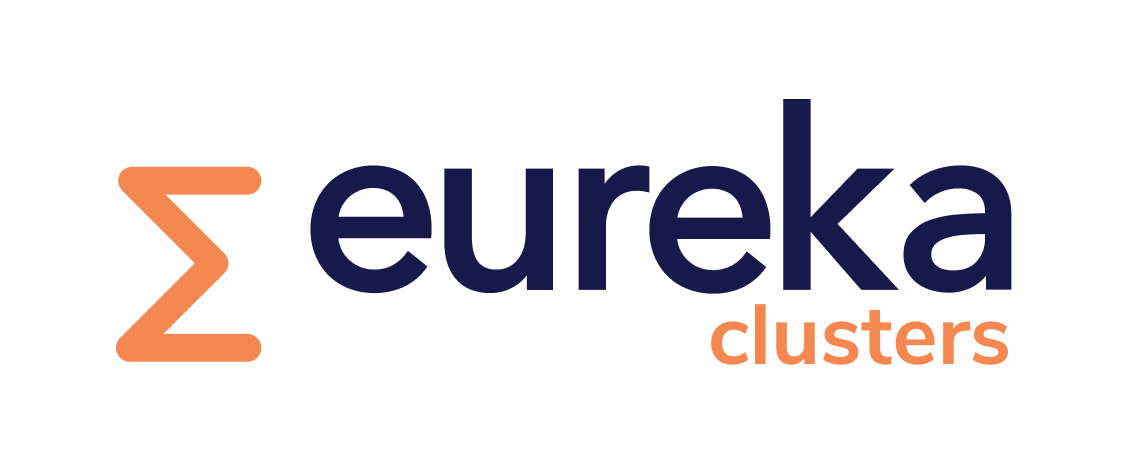Project status :
Recently completed
Project website :
http://pavis-project.eu/
PARTNER
Bit&Brain Technologies SL / Cochlear Technology Centre Belgium / Eindhoven University of Technology / GrAI Matter Labs BV / HealthTech Connex Inc / ICsense NV / INBRAIN Neuroelectronics / Instituto Superior Técnico, UTL / Philips Electronics Nederland BV / Philips Medical Systems / SiliconGate LDA / Snap B.V. / SystematIC design BV / TransEON Inc.
Bit&Brain Technologies SL / Cochlear Technology Centre Belgium / Eindhoven University of Technology / GrAI Matter Labs BV / HealthTech Connex Inc / ICsense NV / INBRAIN Neuroelectronics / Instituto Superior Técnico, UTL / Philips Electronics Nederland BV / Philips Medical Systems / SiliconGate LDA / Snap B.V. / SystematIC design BV / TransEON Inc.
Countries involved
 Belgium
Belgium  Netherlands
Netherlands  Spain
Spain  Canada
Canada  Portugal
Portugal Project leader(s)
Mark van HelvoortKey project dates
April 2021 - March 2024Patient and environment aware adaptive intelligent sensor systems [pAvIs]
Many medical devices use complex sensors to diagnose diseases, to monitor or enable restoration of physiological functions, or to treat adverse medical conditions. Currently they use a “one-size fits all” approach. The pAvIs innovations will bring a paradigm shift through real-time adaptability of these systems to individual patients and the operating environment.
Achievements and results of the project
The pAvIs project has developed innovative electronics and intelligent sensor systems for professional healthcare diagnostic and therapy applications such as scans and vital signs monitoring. It provides a paradigm shift from today’s ‘one-size fits all’ to sensor-based systems with real-time adaptability to individual patients and the operating environment.
These systems will employ embedded AI algorithms to modify both the settings of individual components and the complete signal acquisition system. For execution of these AI algorithms AI accelerator hardware was developed.
Background, objectives of the project and challenges
Today, many medical devices use complex sensors to diagnose diseases, to monitor or enable restoration of physiological functions, or to treat adverse medical conditions. These applications range from medical imaging such as MRI, CT and UltraSound, to vital signs detection, and the sensing elements built into active implantable medical devices. Very often, the sensors are required to detect phenomena characterized by extremely small signals at the limits of their technological capabilities. As a result, the sensing function becomes extremely sensitive to a variety of factors including changes in the operating environment as well as to the patient’s physical features and their physiological processes such as heartbeat and respiration.
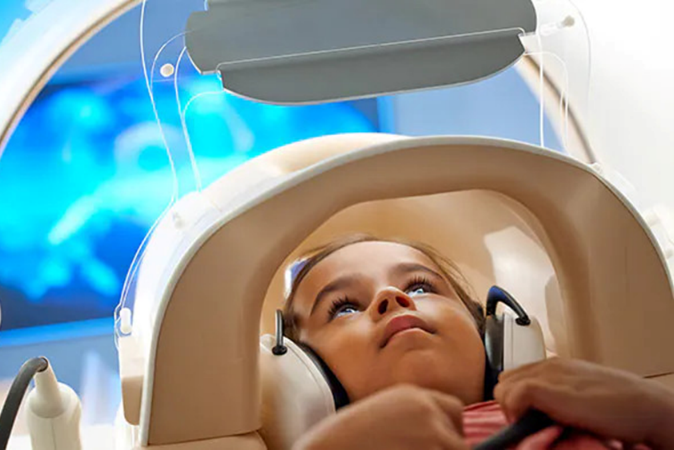
In the current state-of-the-art, sensor-based diagnostic and therapy systems are designed with reference to an ‘average’ healthy person. The same set-up is expected to perform equally well on a 15-year-old girl of 1.60m and 50kg, her 25-year-old rugby-playing brother twice her size, and her 80-year-old grandfather with a deformed spine. Obviously, this is not realistic and does not deliver the best possible results. The technological challenge is to develop intelligent sensors which can fully exploit their on-board logic functions to adapt to their environment or to the individual person with bi-directional communication, not only delivering input to the system, but also acquiring contextual information from the system.
Technological achievements
The pAvIs project delivered new architectures for intelligent sensors systems and demonstrated them in two use cases: Magnetic Resonance Imaging (MRI) and Neuromodulation. For MRI the project developed hardware and software components for an MR-compatible blanket-like device which can be put under and above the patient. This hardware device can measure the electrocardiogram (ECG) of the patient with contact-less, capacitive electrodes, it can monitor patients’ voluntary (head, arm, leg, etc) and autonomous (heartbeat and respiration) movements and it can detect the RF signals generated during the MR exam. The data collected from these sensors processed with different AI algorithms and can be used for triggering the MR Scanner and for advanced image corrections. For reception of the RF sensor a dedicated application specific integrated circuit (ASIC) has been prototyped. Adaptive power control ASICs have been developed which power all electronics in the blanket in a highly efficient and MRcompatible manner.
As neuromodulation covers many potential applications, pAvIs focused on examples of both invasive (hearing and deep-brain stimulation (DBS) and non-invasive neuromodulation to indicate the transferability of the developed architecture and enabling technologies.
The main results of the project are: 1) Graphene-based DBS electrode technologies; 2) Biosensing capabilities in implantable hearing systems; 3) Non-invasive neuromodulation for sleep. For evaluating the functionality of the graphene electrodes hardware from an implantable hearing system was used for sensing and stimulating. With the increasing incidence of neurological diseases and (partial) loss of hearing, it is obvious that neuro stimulators will have to co-exist with both MRI and with hearing implants. pAvIS clearly demonstrated the benefit of graphene electrodes compared to the state-of-the-art electrodes in relation to MRI imaging and patient safety.
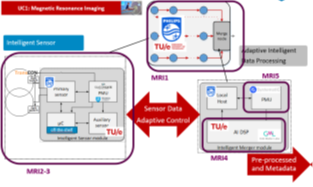
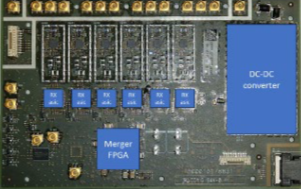
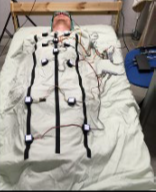
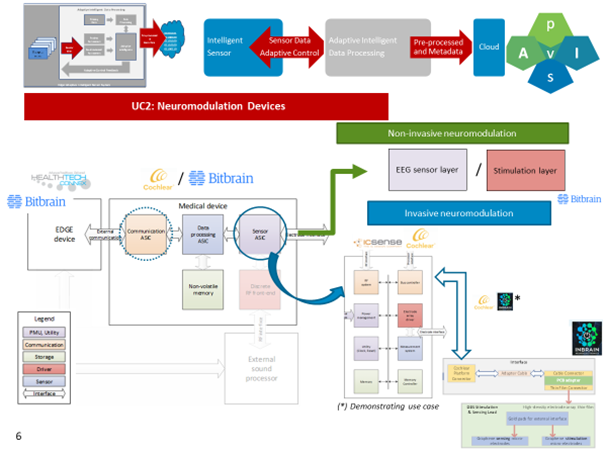
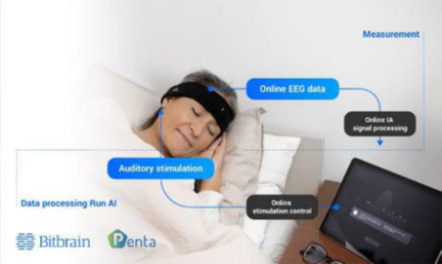
(source: Bitbrain)
Market Potential
Innovations developed in pAvIs will offer exploitation of new applications to customers of medical imaging systems. This global market was valued at B$26.5 in 2023 and is expected to reach B$34.6 by 2028 with a CAGR of 5.5%[1]. The global cardiac MRI market has a stronger growth exhibiting a CAGR of 7.5% and the global cochlear implant market has similar growth rates, while the growth rate for deep brain stimulation approaches 10%[2, 3, 4].
With pAvIs advances in microcontroller functions, miniaturized circuits, wireless data transmission and frontend amplification, smart sensors will enable a digital health ecosystem to
achieve a range of health outcomes. The global smart sensor market is estimated at B$55.86 in 2024 and is forecasted to reach B$129.42 by the end of 2029, registering a CAGR of 18.3% during this period5. These sensors will see a need for adaptable power management, low power DC/DC conversion and artificial intelligent chips.
Societal & Economic Impact
The innovations in pAvIs directly support personalized medicine and home treatment. This addresses the need for a more efficient healthcare system where costs are surging due to the aging population. Faster diagnosis and outpatient treatment have positive societal and economic effects, because withdrawal from social and economic activities is reduced.
Patents, Standardisation, Publications
pAvIs was involved in IEC 60601-2-33 Ed.4, where MR Equipment Output Conditioning (MROC) in support of scanning patients with implants will become mandatory for 1.5T and 3T per 2025. pAvIs contributed to a Publicly Available Specification (currently in draft) from IEC MT40 on coexistence between implants and MRI. For the general public 9 videos have been published on YouTube with more than 15.000 impressions on LinkedIn. pAvIs delivered over 20 papers, presentations and contributions to courses and was present at 8 conferences and workshops.
Future Developments
pAvIs delivered exciting results which, in the short and longer term, will be exploited in products which adapt to the individual patient and the operating environment. New business relations have been established or strengthened and new joint projects to further advance smart power management for complex medicals systems have been submitted to XECS. These will build further on the environmental sensing innovations and hardware AI accelerators delivered by pAvIs. System integration aspects will be explored in the Dutch National Growth Fund program Polaris.
1 Diagnostic Imaging Market Size, Share, Trends and Revenue Forecast [Latest] (marketsandmarkets.com)
2 Cardiac Magnetic Resonance Imaging(MRI) Market Research Report 2023-2032 (dataintelo.com)
3 Cochlear Implants Market Size and Growth Report 2023 (precisionbusinessinsights.com) (reporting CAGR of 6.8%) Global Cochlear Implants Market 2023-2027 – Research and Markets (reporting CAGR of 8.62%)
4 Deep Brain Stimulation Devices Market Size Report, 2030 (grandviewresearch.com) (reporting CAGR of 9.9%). Deep Brain Stimulation Devices Market Size, Share | 2032 (growthmarketreports.com) (reporting CAGR of 10.2%)
5 Smart Sensors Market – Forecast, Share & Growth (mordorintelligence.com)

